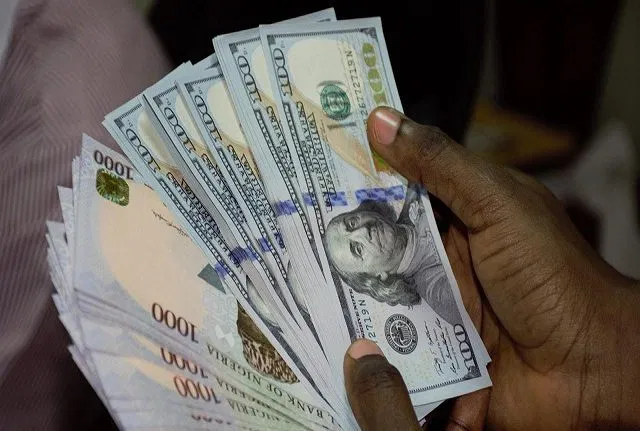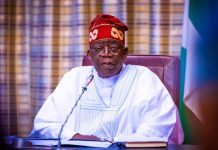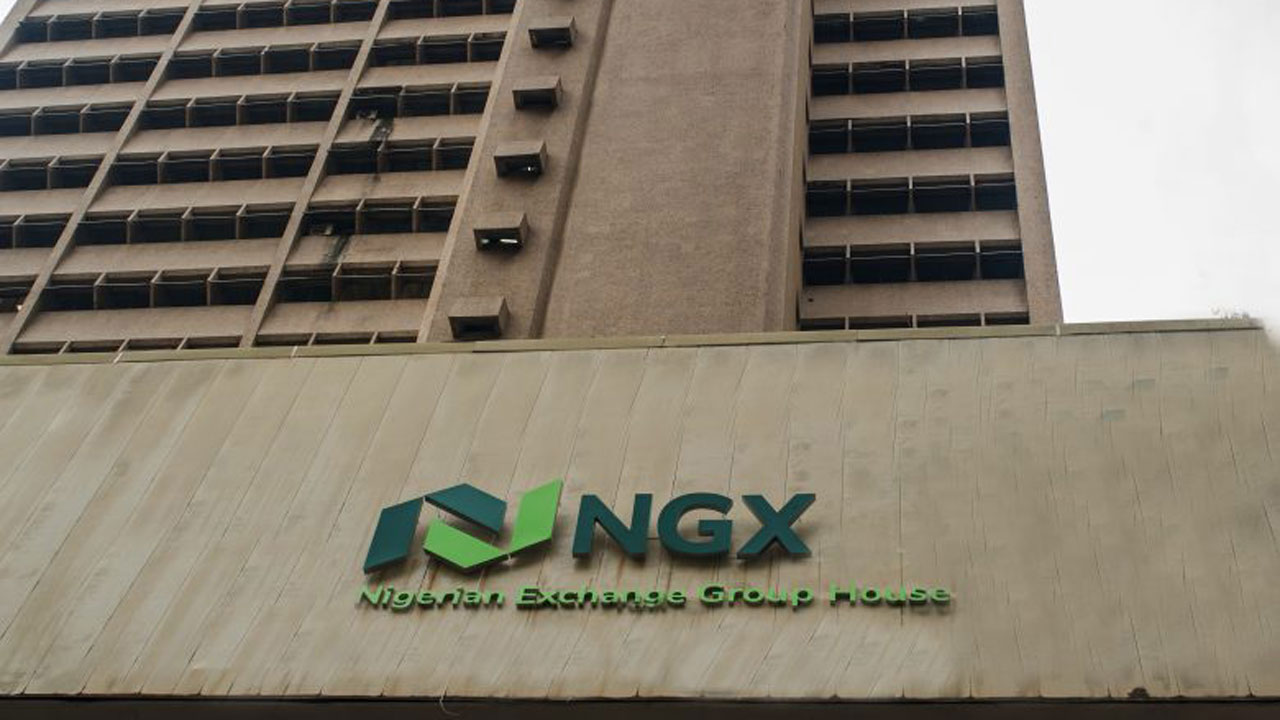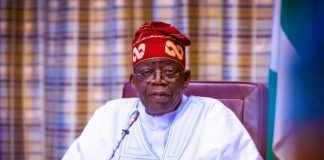Data published on the website of the FMDQ on Tuesday reveals that the CBN official rate has been adjusted from N360 to a dollar to N381 to a dollar sending mixed messages to traders who wonder if the CBN has devalued again. However, the official rate quoted on the website of the CBN remains at N360/$1.
According to Reuters, “the naira eased 5.5% on the official market on Tuesday, after the central bank sold dollars to lenders at a lower rate, bowing to pressure from international lenders to unify its multiple exchange rates.” Reuters also reports “the naira eased to 380.50 in off-market trades, from 360.50 close on Monday” quoting sources from traders.
However, it cannot be confirmed if the latest adjustment is reflective of the SMIS rates or if the central bank has now taken a bold step towards unification and adjusted its official rate. Reuters claims it’s a move to “unify the exchange rate”.
NAFEX: The exchange rate between the naira and dollar at the Investors and Exporters (I&E) window remained stable on Tuesday, closing at N386.50 to a dollar. This was the same rate that was recorded on Monday as traders continue to mull over CBN’s adjustment of the exchange rate at the SMIS window. The opening indicative rate was N387.18 to a dollar on Tuesday. This represents an 18 kobo drop when compared to the N387 to a dollar opening rate that was recorded on Monday.
Parallel Market: At the black market where forex is traded unofficially, the naira remained stable as it closed at N461 to a dollar on Tuesday which was the same rate that it exchanged on Monday.
Nigeria continues to maintain multiple exchange rates comprising the CBN official rate, the BDC rates, SMIS and the NAFEX (I&E window). Nairametrics reported last week that the government has set plans in motion to unify the multiple exchange rates in line with requirements from the World Bank. Nigeria is seeking a world bank loan of up to $3 billion.
Forex Turnover
Meanwhile, forex turnover at the Investor and Exporters (I&E) window had a rebound on Tuesday, July 7, 2020, as it gained 918.4% day on day, a significant increase from the figure that it achieved on Monday at the foreign exchange market. This is according to data from the FMDQOTC, an exchange where forex is traded by foreign investors and exporters.
According to the data tracked by Nairametrics, forex turnover rose from $10.15 million on Monday, July 6, 2020, to $103.37 million on Tuesday, July 7, 2020, representing a 918.4% gain on a day-to-day basis. This is a reversal from the previous day’s drop in turnover but falls short of the $200 million mark that was in January and last week.
The improved liquidity appears to have brought some measure of temporary stability in the foreign exchange market.
Forex Sales Data
The latest figure from the CBN shows that the apex bank injected $11.5 billion foreign exchange into the economy in the first quarter of 2020. The data showed that CBN supplied $2.96 billion, $3.39 billion and %4.7 billion in the months of January, February and March respectively into the forex market.
The I&E window, small and medium enterprises and invisible segments had a total of $7.23 billion, the BDC segment got $3.6 billion and the interbank and WDA/RDAS received $0.67 billion.
The CBN suspended the sales of forex due to the lockdown in the country in April which was triggered by the coronavirus outbreak. It however resumed partial sales of forex in May to commercial banks for households and SMEs making essential imports.
Forex Liquidity Issues
The volatility and uncertainty of the forex market still persist due to accumulated demand and liquidity shortages across markets. The rise in demand and contrasting drop in supply has called for another round of devaluation, which the CBN has insisted it had plans to implement.
The CBN on Friday adjusted the naira at the retail forex auction from N360 to a dollar to N381 to a dollar in a move that most analysts see as part of the plans to unify the exchange rate of the Naira. A devaluation last occurred in March. The apex bank wants to unify the exchange rate to conserve the dwindling external reserves which have been hard hit by demand by ever-increasing importers and the foreign investors wishing they exit the country.
This current step taken by the CBN has moved the retail auction for importers and individuals, which is the official rate, closer to the over-the counter-spot for investors and exporters. Nairametrics spoke to some traders who are still reviewing what the latest move by the CBN could mean on the future price of forex. Whilst some believe this is a major step towards reunification others believe the real test of the value of the exchange rate could be when the economy finally opens. For now, projection is all speculation, one trader informs Nairametrics.
The CBN still continues to warn against currency speculators who patronize the black market, thus widening the gap between it and the I&E window. The CBN maintains that the perceived demand cannot be substantiated following the drop in economic activities induced by the COVID-19 pandemic suggest demand should be low due to travel restrictions and drop-in economic activities.
The further decline in liquidity could further fuel speculations in the black market where the exchange rate has traded at a premium of N60+ over the last few weeks. The CBN claims most of the demand being cited is not represented by any official documentation and that it has informed foreign investors with genuine forex demand to be “patient” and that they will get their forex.
Source: Nairametrics














